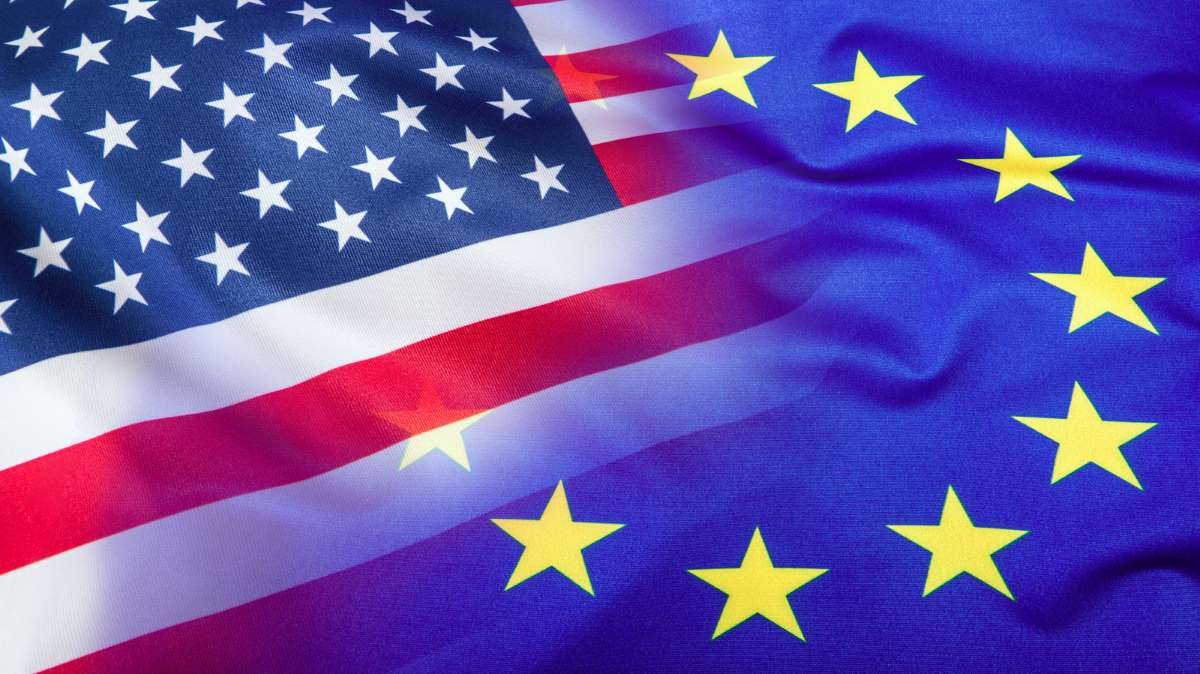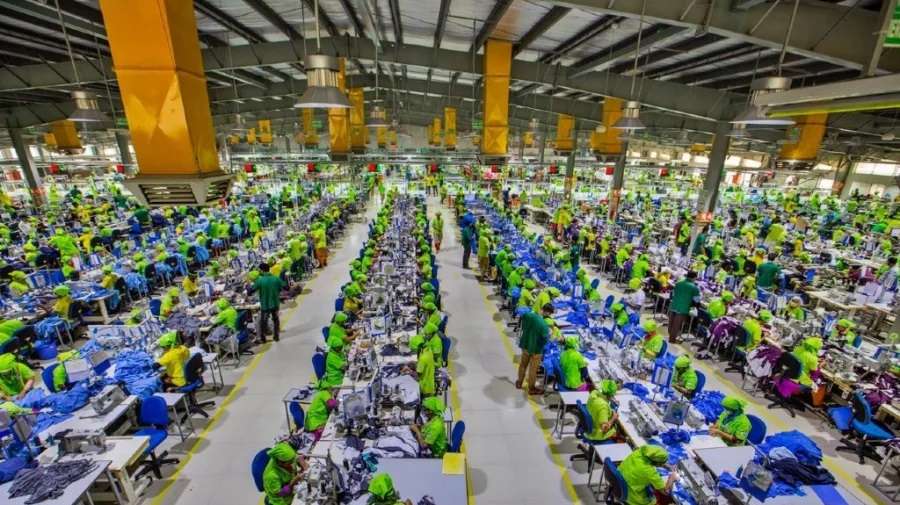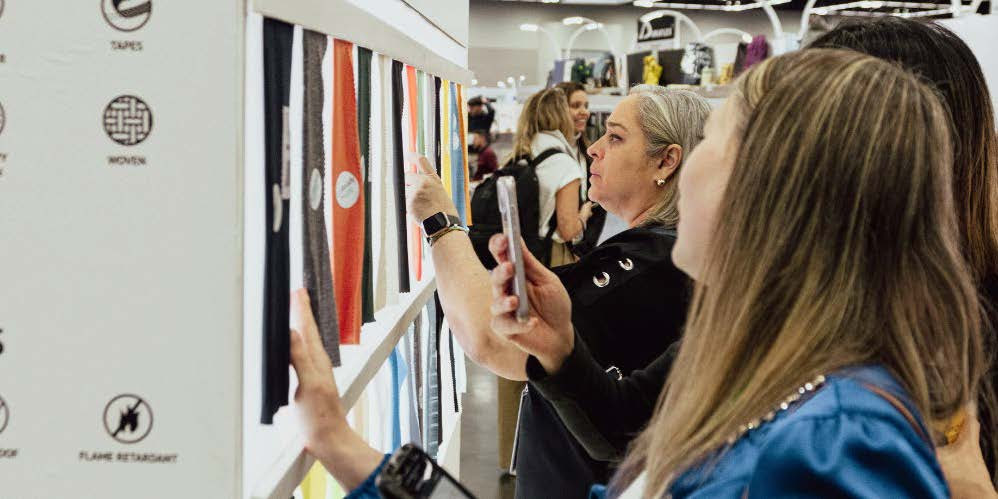
Brand (45)
Anglo-Irish chain owned by Associated British Foods, Primark’s sales are up 11 per cent compared to last year on a currency-neutral basis and 21 per cent ahead on a reported basis. Much of the rise was due to new selling space as Primark continued to open new stores in its domestic markets and abroad. The company’s average retail selling space was up about 12 per cent in the first half.
UK comparable sales rose two per cent and the market share increased. This is a relatively strong result given the challenging market conditions in Britain over the past six months. Looking beyond the UK, overall comparable sales for Primark were flat, dragged down by the Netherlands where a rapid rise in selling space appears to have led to some cannibalisation of sales from existing stores. With the Netherlands taken out, group comparative sales rose one per cent.
Primark’s six-store business in the US is continuing to develop. Markdowns were in line with the first half last year. Yet it expects operating profit margin in the first half to decline. Primark will continue to drive sales growth through new stores. It added 16 new stores in the period, including several UK locations plus Ireland, Germany, France, the Netherlands and the US.
Germany’s functional textile company Sympatex Technologies has joined the Sustainable Apparel Coalition (SAC). SAC has more than 150 global brands, retailers and manufacturers as its members, among them adidas, C&A, Gap, H&M, Nike, Puma, Target and VF Corporation.
Sympatex will use the SAC's sustainability measurement tool, the Higg Index, to drive environmental responsibility across its supply chain. The Higg index is an open source, indicator-based tool that allows suppliers, manufacturers, brands and retailers to evaluate materials, products, facilities and processes based on environmental and product design choices.
The Sympatex membrane production method uses a material made from polyether and polyester, involving no use of polytetrafluoroethylene or fluorocarbons that are often found in textile membrane materials, while the un-dyed membrane is bluesign certified as 100 per cent recyclable post-consumer.
The Sustainable Apparel Coalition is a trade organization comprising brands, retailers, manufacturers, government, and non-governmental organizations and academic experts, representing more than a third of the global apparel and footwear market. The coalition is working to reduce the environmental and social impact of apparel and footwear products around the world.
The Higg index is a suite of assessment tools that standardizes the measurement of the environmental and social impact of apparel and footwear products across the product lifecycle and throughout the value chain.
www.apparelcoalition.org/
Swedish fashion retailer Hennes & Mauritz from now on source fabrics only from mills it has inspected in Bangladesh. This is part of a program to improve working conditions in plants in the country.
H &M, which ranks second globally by sales to Spain’s Inditex, has extended its inspections from factories making its clothes to those supplying fabric and yarn. Its purchasing policies would benefit those sub-suppliers who measure up to its code of conduct. It will place more orders and book more material with those that take responsibility.
The program is about having a safe work environment and ensuring human rights with regards to remuneration and overtime and ensuring that there is no child labor. It is seen as a business tool to drive positive development and one that will make a difference for workers. The proportion of retailer’s clothes being made from fabric made by audited mills would rise to 50 per cent this year from 35 per cent last year. Unlike direct suppliers in the garment industry, most mills have never been exposed to demands or compliance standards from brands.
Poor working conditions in the textile industry were thrust into the limelight by the collapse in 2013 of the Rana Plaza garment factory in Bangladesh in which more than 1,100 workers were killed.
- 1
- 2
- 3
- 4
- 5
- 6
- 7
- 8
- 9
- 10
Next Big Opportunity for Indian Textile &Apparel: Strategic focus on key pro…
A compelling analysis by Sanjay K Jain, Chairman of the ICC National Textile Committee at the Indian Chamber of Commerce,... Read more
Local brands challenge global titans amid evolving consumer demand in China’s sp…
China has consolidated its position as a powerhouse in the global sportswear market, driven by a growing middle class, increasing... Read more
Impact of reciprocal tariffs and how it’s reshaping global textile supply chains
The announcement of reciprocal tariffs by the US, even with the 90-day pause on those excluding China, has triggered a... Read more
Global Sourcing Expo 2025 to strengthen India-Australia textile ties
Julie Holt, Director, Global Business & Exhibition has led the expo since its inception in 2010. She is focused on... Read more
EU vs. US Garment Imports: A tale of diverging trends
The global garment industry is a complex web of production, distribution, and consumption, with shifting trends and regional disparities shaping... Read more
Techtextil India 2025 to launch 'Sporttech Pavilion' for sports and activewear t…
Messe Frankfurt and Concept N Strategies join forces Messe Frankfurt Trade Fairs India Pvt Ltd has partnered with Concept N... Read more
Luxury's China Playbook: Why Tmall remains essential despite Douyin's rise
The narrative surrounding China's luxury market has been rife with talks of a slowdown. However, a recent report by DLG... Read more
Green Thread: LEED certified RMG units boosting Bangladesh's exports
Bangladesh, renowned for its robust garment manufacturing sector, is undergoing a profound transformation towards sustainability. This evolution is underscored by... Read more
Functional Fabric Fair Spring 2025 returns to Portland with expanded exhibits an…
Functional Fabric Fair, powered by Performance Days, is set to return to Portland, Oregon, from April 14 to 16, 2025,... Read more
Navigating the Maze: Wazir Advisors on US Tariffs' complex impact on Indian T…
The US stands as an important export destination for the Indian textile and apparel (T&A) industry, with annual shipments reaching... Read more












